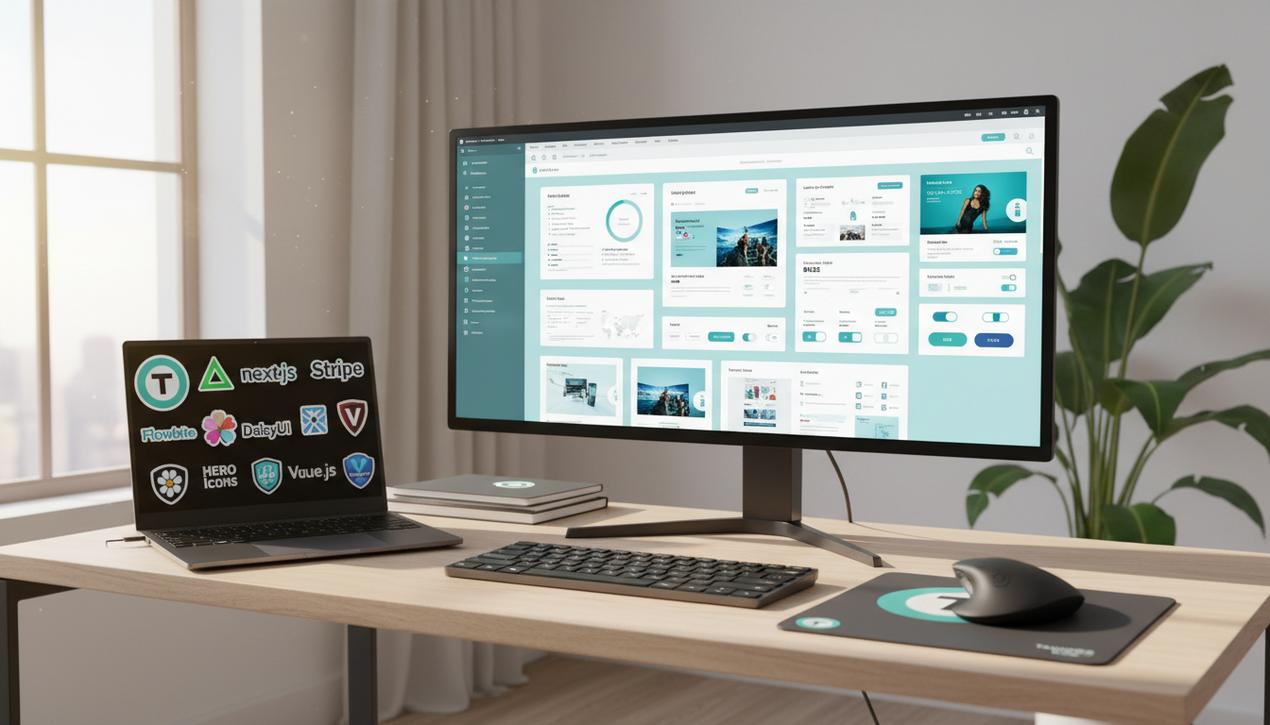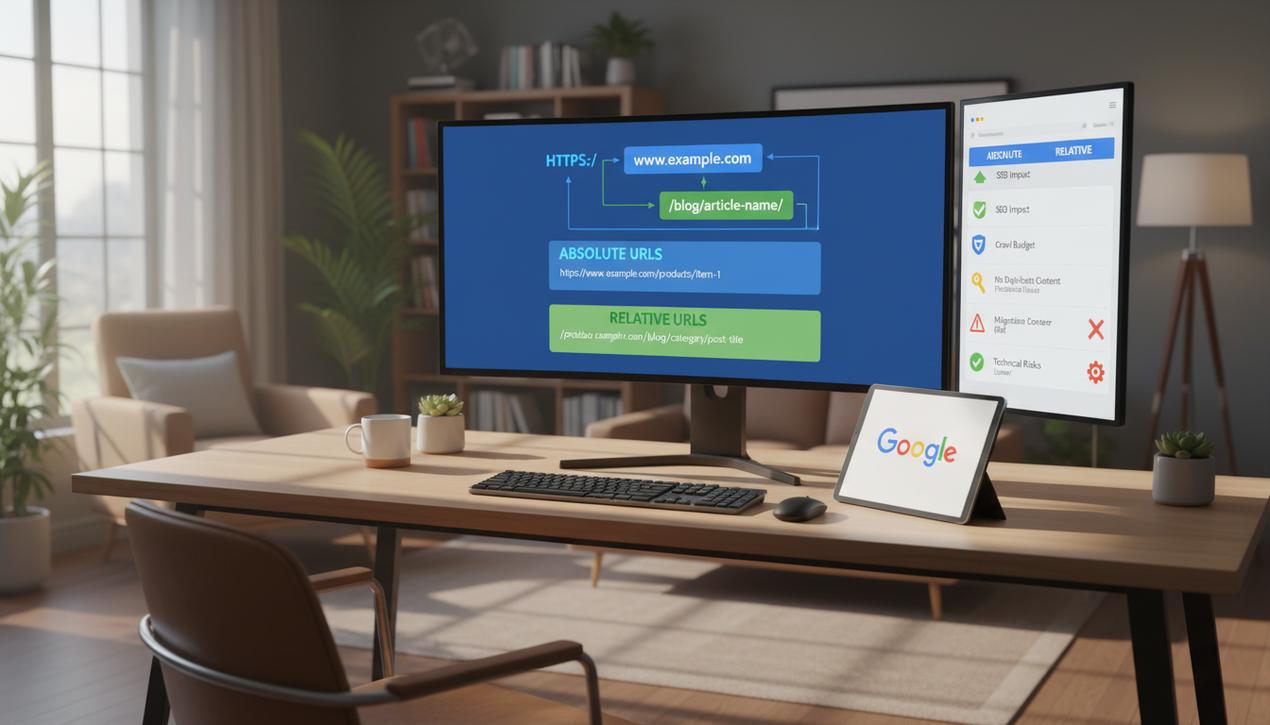Top Tailwind CSS Themes and Components for 2025


Tailwind CSS has established itself as an essential CSS framework, fundamentally changing how developers approach user interface design. Unlike traditional frameworks like Bootstrap, which come with pre-styled components, Tailwind employs a “utility-first” approach. It provides a vast library of low-level utility classes that let you build completely custom designs directly in your HTML. This flexibility has fueled its popularity; 2025 surveys show that Tailwind’s adoption continues to soar, with a developer satisfaction rating of over 85%, citing rapid development and design consistency as major advantages. The days of fighting framework defaults and overriding unwanted styles are over. With Tailwind, even those just beginning their journey with a guide to computer programming can build unique interfaces. To help you kickstart or accelerate your next project, we’ve compiled a comprehensive collection of the best free and premium Tailwind CSS themes and component libraries for all your needs: landing pages, blogs, portfolios, e-commerce sites, and dashboards.
Why Tailwind CSS Dominates Front-End Development
The rise of Tailwind CSS is no accident. It addresses a core need for developers: creating bespoke interfaces without sacrificing productivity. Where component-based frameworks often become restrictive during customization, Tailwind excels by providing unparalleled freedom.
Total Creative Freedom
Tailwind’s primary advantage is its flexibility. By providing design primitives as classes (like flex, pt-4, or text-center), it gives you complete control over the look and feel of every element. You are no longer constrained by a framework’s opinionated design choices; you become the architect of your own design system.
Rapid and Consistent Development
Once you’ve configured your design system in the `tailwind.config.js` file (defining your colors, spacing, and typography), development becomes incredibly fast. Utility classes allow you to prototype and build complex interfaces without writing a single line of custom CSS. This also ensures visual consistency across the entire project, which is crucial for a polished user experience.
Optimized Performance
Websites built with Tailwind are incredibly performant. Thanks to its Just-in-Time (JIT) engine, the framework scans your template files and generates only the CSS you actually use. This results in a tiny final CSS file, which significantly improves page load times—a critical factor for both SEO and user retention.
Best Tailwind CSS Themes to Launch Your Project
A theme provides an excellent starting point, offering a solid foundation that you can then endlessly customize using Tailwind’s utility classes. Here are some of the best themes for various use cases.
Themes for E-commerce
- GraphCMS eCommerce Storefront: An open-source storefront built with Next.js, Stripe, and Tailwind CSS. It’s an excellent starter kit for quickly prototyping a modern and high-performance e-commerce site.
- Cleora: A sleek and minimalist e-commerce template, perfect for fashion or luxury brands. It includes all the essential pages: homepage, product listings, product details, cart, and checkout.
Themes for Blogs and Portfolios
- Blist: An SEO-optimized Hugo theme ideal for a personal blog. It features a dark mode, powerful search functionality, and efficient pagination to ensure great performance.
- ShowFolio: Also a Hugo theme, this one is designed for creating a simple yet compelling portfolio. It’s responsive, supports an integrated blog, and allows for embedding code snippets.
- Tailwind Next.js Starter Blog: A feature-rich blog template built with Next.js and Tailwind. It includes sitemap generation, RSS feeds, code syntax highlighting, and is perfect for technical content.
Templates for Landing Pages
- Hugo Landing Page: A simple, modular landing page template built with Hugo and Tailwind. It’s lightweight, fast, and has very few dependencies, making it perfect for a product page or marketing campaign.
- Tailwind Toolbox Landing Page: A versatile template for showcasing a digital or physical product. Fully responsive, it can be used as an effective sales funnel to increase your conversion rate.
- Landwind: A modern, open-source landing page template built with Flowbite and Tailwind CSS. It’s ideal for SaaS websites, mobile apps, and other digital products.
Templates for Dashboards and Applications
- Midone: A premium starter kit for building an administration dashboard. It comes with several unique pages and various components to help you build your back office quickly. Available on ThemeForest for $25.
- Vue Tailwind Admin: An open-source admin theme with a modern layout inspired by the latest design trends. Its UI uses a layered paper concept to bring depth and order to complex dashboards.
- Tompson: A premium theme designed for building a live chat or messenger application. For more app design ideas, check out these top mobile app templates. This responsive template includes pages and elements to help you construct a feature-rich app. Available on ThemeForest for $14.
The 7 Best Tailwind CSS Component Libraries
If you prefer to build your interface piece by piece, component libraries are your best friends. They offer pre-built, fully responsive HTML blocks that you can copy and paste directly into your projects.
1. Tailwind UI
Created by the makers of Tailwind CSS, Tailwind UI is the official, gold-standard component library. It’s a massive collection of professionally designed, fully responsive HTML snippets for marketing, application UI, and e-commerce. While it offers a generous selection of free components, the full library is a paid product that is well worth the investment. Price: $129 per category or $239 for all three.
2. Tailwind Components
This is a free, community-driven repository where users share their own Tailwind UI components and templates. You’ll find a wide variety of creations, from search bars and login screens to newsletter call-to-actions, which can be improved with these high-converting CTA examples, and modals. It’s an excellent resource for inspiration and finding solutions for common UI patterns.
3. Flowbite
Flowbite is a massive open-source library of over 450 interactive UI components built with Tailwind CSS. Its standout feature is that it includes the necessary JavaScript for dynamic elements like modals, carousels, and dropdowns, making it a comprehensive and easy-to-implement solution.
4. DaisyUI
DaisyUI takes a unique approach: it’s a Tailwind CSS plugin that adds component classes (like btn, card, alert, etc.). This allows you to keep your HTML cleaner while still leveraging Tailwind’s powerful customization capabilities. It’s extremely popular, lightweight, and comes with many built-in themes.
5. Headless UI
Also from the Tailwind team, Headless UI provides completely unstyled, fully accessible UI components for complex elements like dropdowns, dialogs (modals), and switches. It handles all the complex JavaScript logic and accessibility attributes, leaving you free to style the components however you want with Tailwind classes.
6. Tailblocks
Tailblocks offers a collection of over 60 ready-to-use layout blocks. It’s not a dependency you add to your project, but rather plain HTML you can copy and paste. Its best feature is the ability to change the color palette for all blocks with a single click, making it incredibly easy to adapt them to your brand’s design.
7. Hero Icons
An essential resource for any project, Hero Icons is a set of over 230 beautiful, hand-crafted SVG icons from the makers of Tailwind CSS. They are available in two styles (Outline and Solid) and are designed to integrate perfectly into your UI designs.
This curated selection of themes and components provides everything you need to build exceptional websites and applications with Tailwind CSS. The ecosystem is constantly growing, offering developers increasingly powerful tools to streamline their workflow. By combining a solid theme as a starting point with custom components from these libraries, you can achieve an unparalleled level of productivity and design quality. Don’t hesitate to explore these resources and integrate them into your development process to fully leverage the power of this revolutionary framework.




